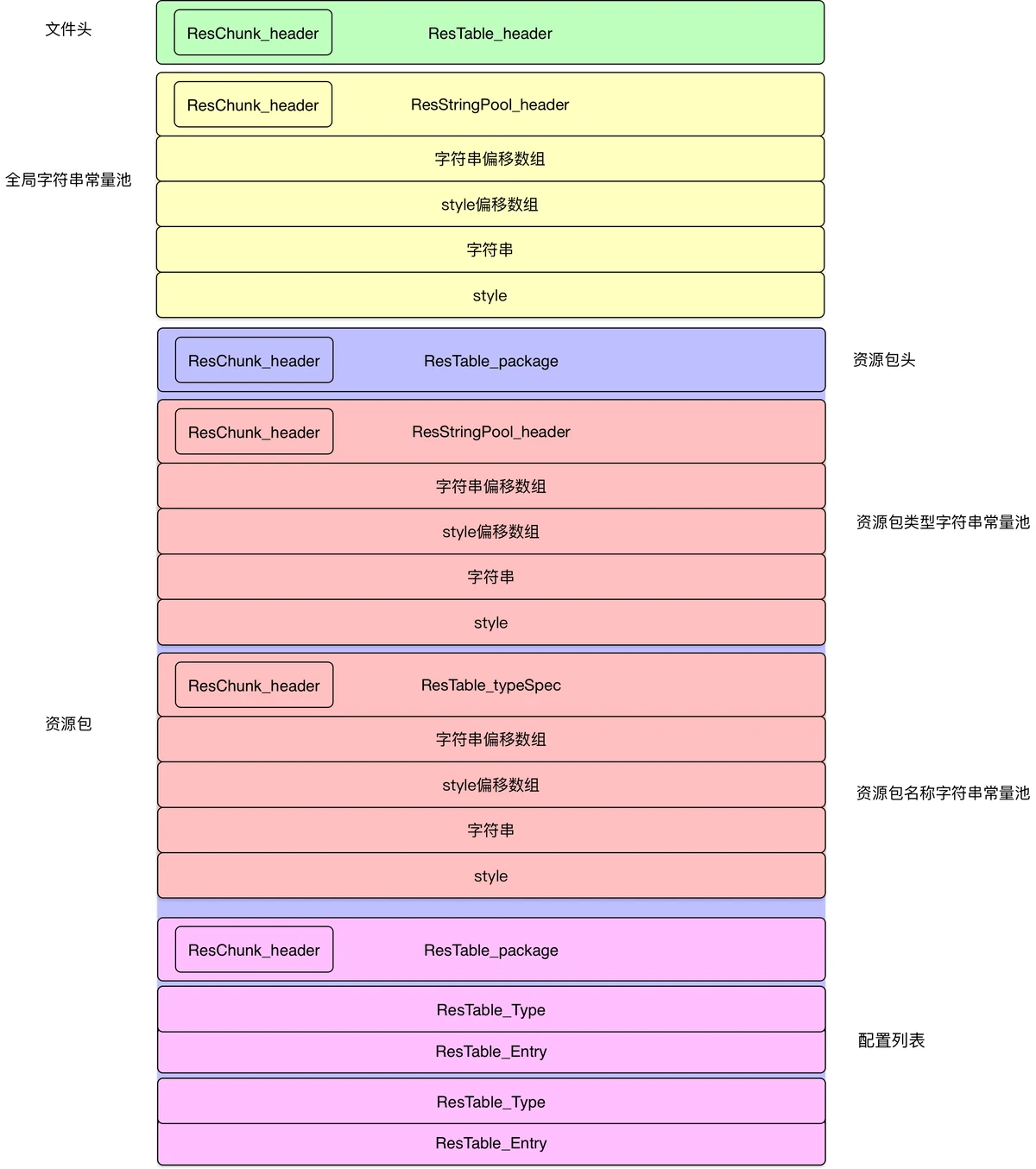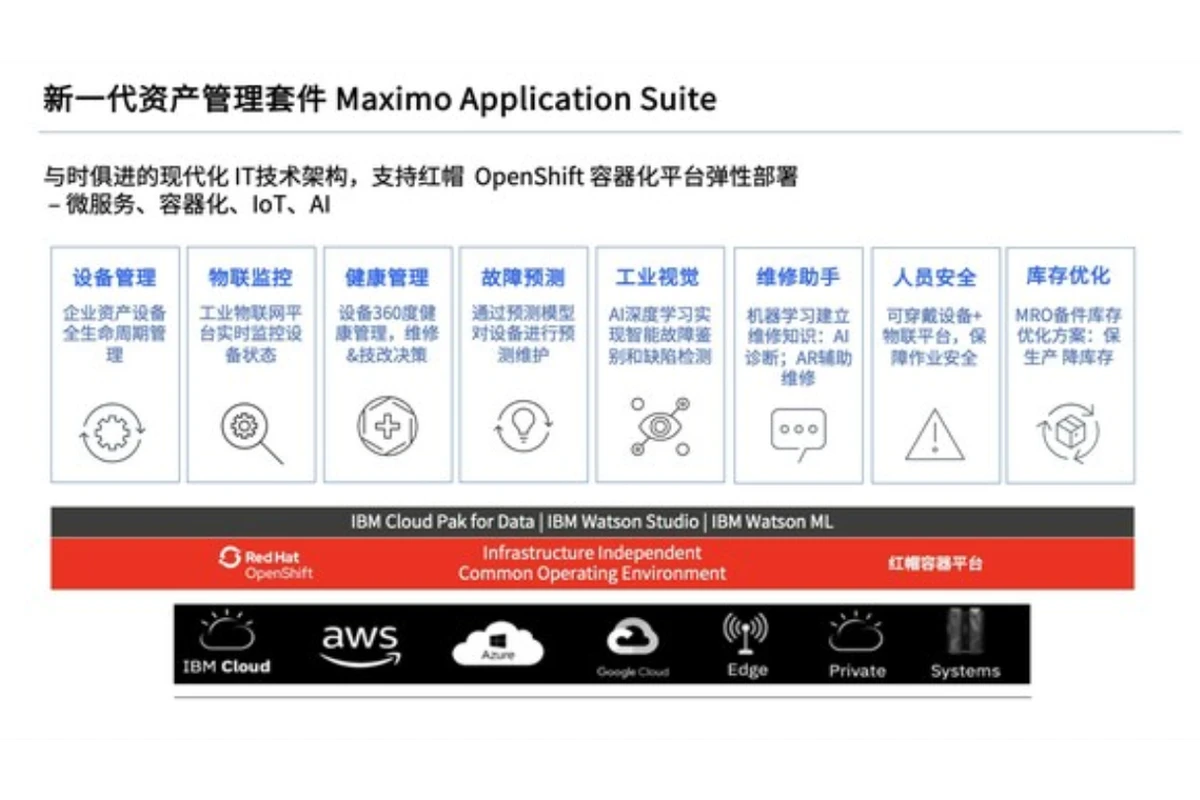


Introduction
For hedge fund managers, beta is one of the most critical tools for assessing risk, optimizing portfolios, and creating strategies that balance exposure to the market. While alpha measures a manager’s ability to generate returns above the benchmark, beta reflects the sensitivity of a portfolio or asset to overall market movements. Understanding beta usage is not only about calculating a single number—it’s about integrating it into portfolio construction, risk management, and alpha generation.
This article explores how hedge fund managers utilize beta, compares different strategies, evaluates their advantages and limitations, and provides actionable insights for professionals seeking to refine their risk-adjusted performance.
Table of Contents
What Is Beta and Why It Matters for Hedge Fund Managers
How Hedge Fund Managers Use Beta in Practice
Methods of Beta Usage in Hedge Funds
Passive Beta Management
Dynamic Beta Adjustments
Comparing Strategies: Static vs. Dynamic Beta
Beta in Risk Management
Sectoral and Asset-Specific Beta Applications
Advanced Techniques: Beta Optimization and Factor Models
Practical Tools and Data Sources for Beta Calculation
Best Practices for Hedge Fund Managers Using Beta
FAQs
What Is Beta and Why It Matters for Hedge Fund Managers
Beta measures the degree to which an asset or portfolio moves relative to a benchmark index, typically the S&P 500 or a relevant sector index. A beta of 1 implies that the portfolio moves in line with the market, while a beta greater than 1 signals higher volatility, and a beta less than 1 indicates lower volatility.
For hedge fund managers, beta is crucial because:
It influences portfolio risk relative to the market.
It helps identify whether returns are driven by market exposure (beta) or skill (alpha).
It enables managers to tailor exposures depending on market conditions.
Why Beta Is Important in Trading
While hedge fund investors often seek alpha, they are equally concerned about beta exposure. A portfolio with unintended high beta may underperform in downturns, while a portfolio with well-managed beta can deliver superior risk-adjusted returns. Understanding how beta affects portfolio risk is foundational for hedge funds aiming to deliver consistent performance.
How Hedge Fund Managers Use Beta in Practice
Hedge fund managers don’t just calculate beta once and leave it. They actively integrate beta into strategy development, trading, and portfolio management. Common applications include:
Market Neutral Strategies: Targeting beta ≈ 0 to isolate alpha.
Hedging: Using beta values to size hedges with index futures or ETFs.
Risk Budgeting: Ensuring overall portfolio beta aligns with investor mandates.
Performance Attribution: Distinguishing between market-driven and manager-driven returns.
Methods of Beta Usage in Hedge Funds
Passive Beta Management
In passive beta management, hedge fund managers maintain a stable level of beta relative to the market. For example, a long/short equity fund may target a net beta of 0.3 consistently, regardless of market cycles.
Advantages:
Predictable exposure.
Easier to communicate to investors.
Disadvantages:
May underperform in changing market conditions.
Less responsive to volatility spikes.
Dynamic Beta Adjustments
Dynamic beta management involves actively adjusting beta exposure depending on market outlook. For example, a manager may reduce beta before expected macroeconomic shocks or increase beta in a bullish environment.
Advantages:
Flexibility to respond to market shifts.
Potential for higher risk-adjusted returns.
Disadvantages:
Requires accurate forecasting.
Higher transaction costs and complexity.
Comparing Strategies: Static vs. Dynamic Beta
Strategy Type Pros Cons
Static Beta Simple, stable, transparent to clients Less adaptable, may lag in crises
Dynamic Beta Flexible, can optimize returns Forecasting risk, increased complexity
Recommendation: For hedge funds with sophisticated infrastructure and strong forecasting models, dynamic beta adjustment is superior. However, for funds prioritizing transparency and predictability, a static beta strategy may be more suitable.
Beta in Risk Management
Hedge funds leverage beta insights for multiple layers of risk management:
Hedging Portfolios: Aligning beta exposures with futures, ETFs, or swaps.
Value-at-Risk (VaR) Models: Using beta to forecast portfolio losses in adverse markets.
Stress Testing: Evaluating performance under different beta shocks (e.g., recession scenarios).
By integrating beta analysis, managers can proactively adjust portfolios and prevent excessive drawdowns.
Sectoral and Asset-Specific Beta Applications
Different sectors and asset classes have distinct betas. For example:
Tech Stocks: Typically high beta due to growth sensitivity.
Utilities: Generally low beta, reflecting stable demand.
Emerging Markets: Often higher beta versus developed markets due to volatility.
Understanding why beta varies across sectors helps hedge fund managers optimize exposure and allocate capital efficiently.
Advanced Techniques: Beta Optimization and Factor Models
Hedge fund managers increasingly integrate beta into multi-factor models. Beyond market beta, they analyze factor betas such as size, momentum, or value exposures. This provides deeper insight into the drivers of returns.
Beta Optimization Techniques include:
Efficient Beta Benchmarking Methods: Comparing portfolio betas against benchmarks for accuracy.
Beta-Driven Trading Strategy Development: Using beta variations to generate alpha signals.
Comprehensive Beta Optimization Techniques: Incorporating beta into portfolio construction with advanced mathematical optimization.
Practical Tools and Data Sources for Beta Calculation
Hedge fund managers rely on robust data and software for precise beta estimation. Common tools include:
Bloomberg Terminal – Widely used for real-time beta analysis.
Python (pandas, statsmodels, numpy) – Flexible for customized beta calculations.
R (quantmod, PerformanceAnalytics) – Powerful for statistical modeling.
Interactive Beta Assessment Tools – Found in modern portfolio platforms like FactSet.
For those seeking reliable sources, Bloomberg and Refinitiv remain the gold standard for where to find beta values.
Best Practices for Hedge Fund Managers Using Beta
Update Beta Regularly: Market conditions change; recalibration is essential.
Use Multiple Time Horizons: Short-term beta may differ significantly from long-term beta.
Contextualize Sector Exposure: Recognize sector-specific betas before reallocating.
Combine Beta With Alpha Metrics: Balance market exposure with true manager skill.
Stress-Test Beta: Always prepare for regime shifts where historical beta may break down.
FAQs
- How do hedge fund managers calculate beta for portfolios?
Most hedge fund managers calculate beta by regressing portfolio returns against benchmark returns. This can be done using tools like Bloomberg, Python, or R. For portfolios with multiple asset classes, managers often compute weighted betas based on allocations.
- Is beta reliable during market crises?
Beta is useful under normal conditions, but it may break down during crises. Correlations often increase, and asset behavior can deviate from historical norms. Hedge fund managers must stress-test portfolios and supplement beta analysis with scenario planning.
- Should hedge fund managers rely more on alpha or beta?
Both matter. Alpha reflects a manager’s skill, while beta defines market sensitivity. Hedge fund investors typically demand both: strong alpha generation and controlled beta exposure. Striking the right balance is key to long-term success.
Conclusion
For hedge fund managers, beta usage is more than just a statistical exercise—it is a foundation of modern portfolio management. From risk management to strategy development, beta provides critical insights that help managers deliver consistent, risk-adjusted returns. By comparing passive versus dynamic approaches, integrating sector-specific betas, and leveraging advanced optimization, hedge funds can refine their edge in increasingly competitive markets.
Hedge fund beta management strategies
If you found this guide valuable, feel free to share it with colleagues, comment with your insights, or engage in discussions about how beta strategies are shaping hedge fund performance today.

0 Comments
Leave a Comment